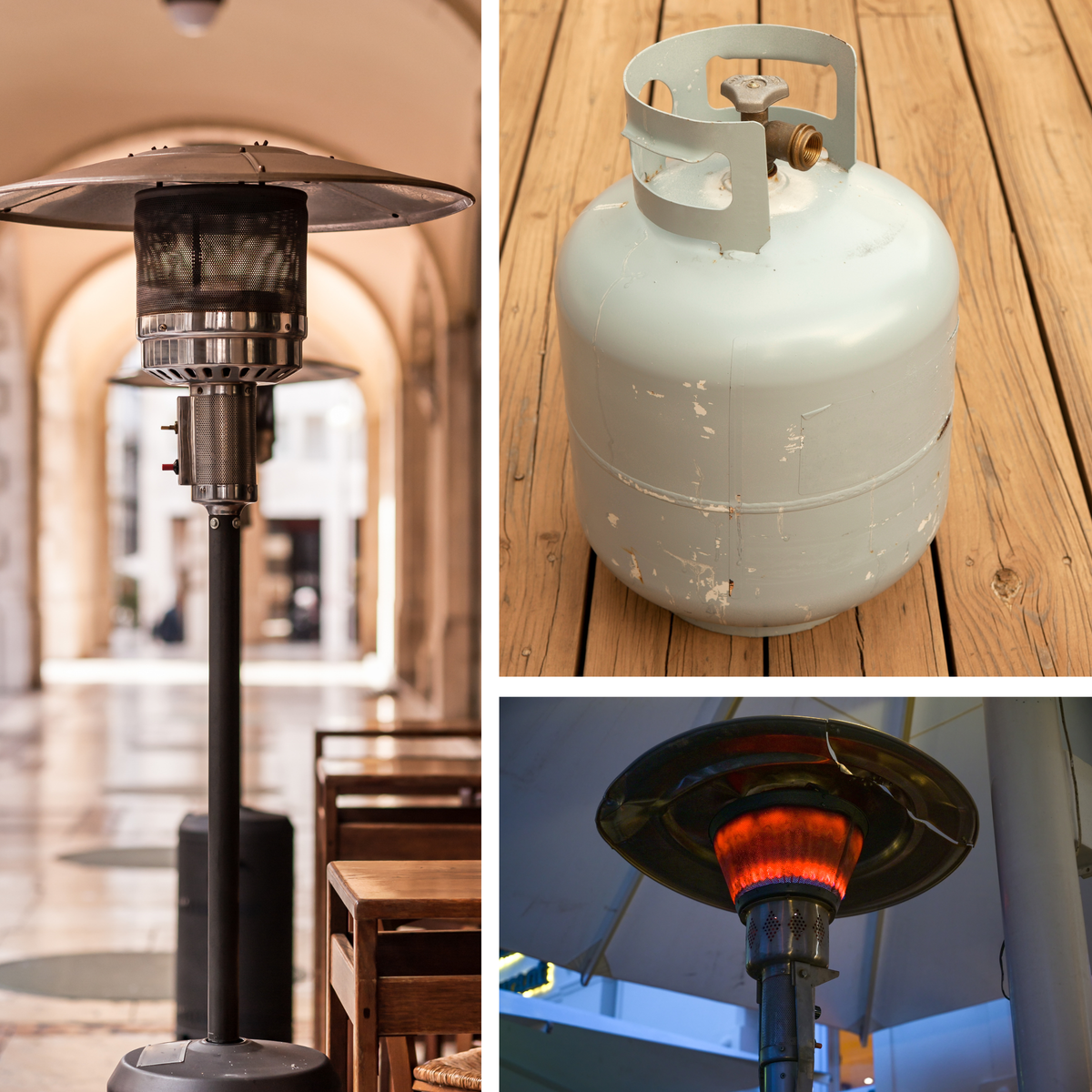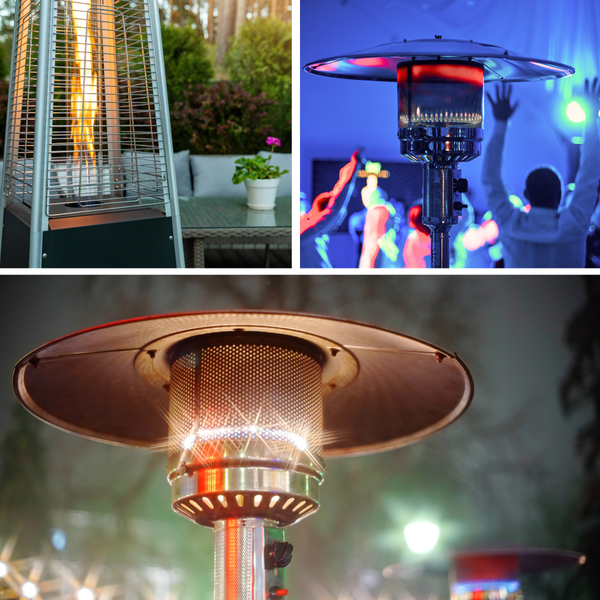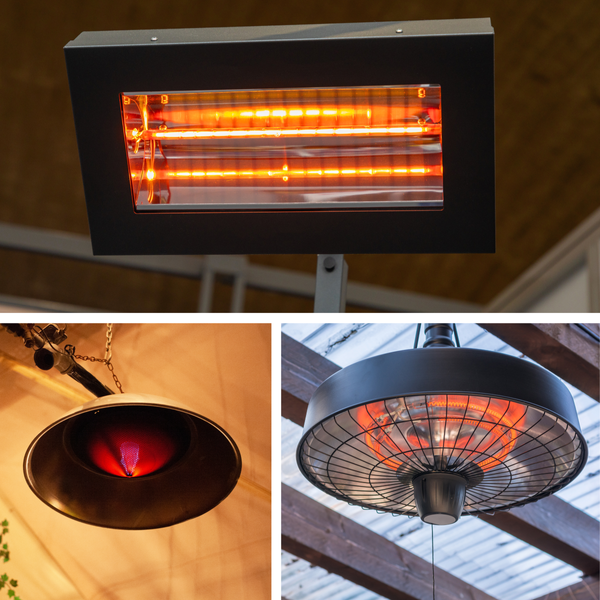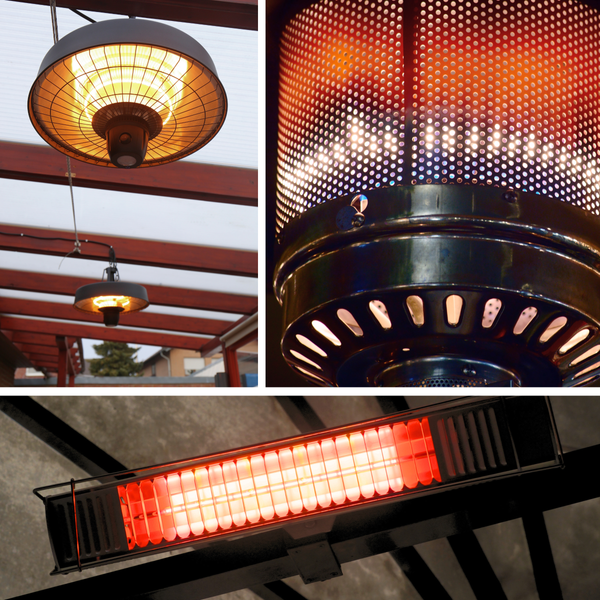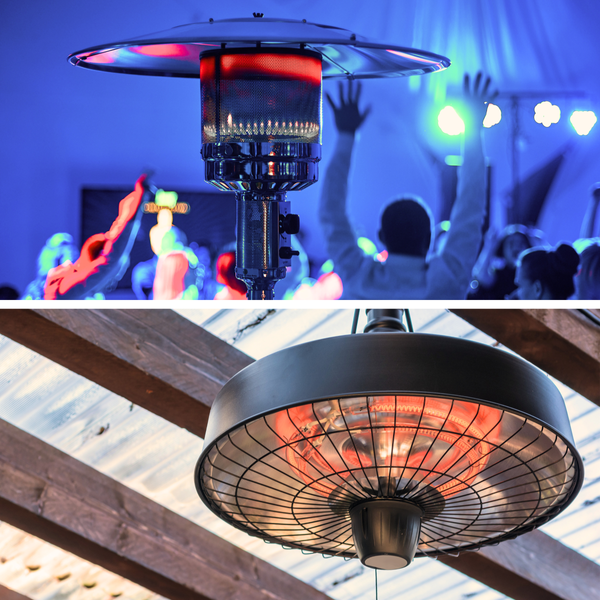Key Takeaways:
- Understand the factors that affect how long a patio heater will run on a single tank of propane.
- Learn about the average duration and how to calculate the run time for your specific patio heater.
- Discover tips for maximizing the efficiency and longevity of your propane patio heater.
Outdoor gatherings don't have to end when the temperature drops. Propane patio heaters have become a popular choice for extending the patio season, providing warmth and comfort in cooler weather. But one question often arises: how long will a patio heater run on a tank of propane? This article will delve into the specifics, offering a comprehensive guide to help you enjoy your outdoor space for as long as possible.
Understanding Propane Patio Heaters
Propane patio heaters are a convenient and low maintenance option for outdoor heating. They operate using liquid propane, which is stored in propane cylinders that can be purchased separately. These heaters are portable and can be easily moved to different locations, making them a versatile choice for any outdoor setting.

The Role of BTUs in Heater Efficiency
The heat output of patio heaters is measured in British Thermal Units (BTUs). How many BTUs your heater emits will directly influence how long your propane will last. A higher BTU rating means more heat output, but it also means your heater will consume propane faster. It's important to choose a heater with the right BTU level for your space to ensure efficient fuel usage.
Propane Consumption: The Basics
A standard 20-pound propane tank, which is commonly used for patio heaters, holds approximately 4.7 gallons of propane. Each gallon of propane contains about 91,500 BTUs. By knowing the BTU rating of your heater, you can estimate the duration of an empty tank. For example, a heater with a 40,000 BTU rating will run for approximately 9 hours on a full 20-pound tank.
Calculating Your Heater's Run Time
To calculate the run time for your specific heater, divide the total BTUs in a full propane tank by your heater's BTU per hour rating. This will give you the number of hours your heater can operate on a full tank under ideal conditions. Remember that actual run time may vary due to factors like ambient temperature and wind conditions.
Choosing the Right Propane Cylinder for Your Patio Heater
When selecting a propane cylinder for your gas patio heater, it's essential to consider the size and compatibility. A standard 20-pound propane tank is commonly used, as it offers a balance between portability and run time. Ensure that the cylinder you choose is designed for outdoor appliances and has the proper fittings to connect securely to your heater. The owner's manual of your patio heater will provide guidance on the recommended cylinder size and type, ensuring you achieve full capacity without compromising safety.
Moreover, the material of the propane cylinder can impact its longevity and safety. Most cylinders are made from steel or aluminum, offering durability and resistance to the elements. It's crucial to inspect your propane cylinder regularly for any signs of wear or damage, such as rust or dents, which could affect its performance. Always purchase cylinders from reputable suppliers and avoid using damaged or non-certified tanks, as this could pose a risk when operated with your gas patio heater.

Optimizing Propane Usage for Cost Efficiency
To optimize the use of propane gas and manage costs effectively, it's wise to understand the consumption rate of your patio heater. By knowing the British Thermal Unit (BTU) rating of your heater, you can estimate the amount of propane used per hour and plan your usage accordingly. If cost is a concern, consider investing in a heater with a variable control knob, allowing you to adjust the flame and, consequently, the amount of propane consumed. This way, you can extend the life of your propane cylinder by only using the amount of heat necessary for comfort.
Additionally, incorporating accessories like a wind guard can help reduce propane consumption. Wind can cause the heater to work harder to maintain the desired temperature, leading to increased fuel usage. By shielding the flame from the wind, you ensure more efficient heating and lower propane costs. Regular maintenance, such as checking the gas line and hose for leaks and ensuring the fittings are secure, can also prevent propane wastage. Remember, a well-maintained heater is not only safer but also more cost-effective in the long run.
Factors Affecting Propane Usage
Several factors can affect how long your propane will last. Windy conditions can reduce efficiency, as the heater has to work harder to maintain the desired temperature. Ambient temperature also plays a role; the colder it is, the more propane your heater will use. Additionally, the settings you choose for your heater will impact propane consumption.
Safety Considerations for Propane Heaters
Safety is paramount when using propane heaters. Always ensure that your heater is placed on a stable surface and stored upright. If you smell gas or suspect a leak, turn off the heater immediately and contact your local fire department. It's also important to keep the heater away from flammable materials and to follow the owner's manual for proper operation.
Maintenance Tips for Longer Run Times
Regular maintenance can help extend the run time of your propane heater. Check for leaks, ensure the pressure regulator is functioning correctly, and replace empty tanks promptly. Keeping your heater clean and protected from the weather will also help maintain its efficiency.

Preparing for the End of the Tank
Having spare propane tanks on hand is a good practice to avoid running out of fuel unexpectedly. When your heater's power begins to wane, it's likely an indication that the tank is nearing empty. Plan to have a spare tank ready to swap out to maintain continuous heat output.
Enhancing Your Patio Experience
In addition to using propane heaters, consider other ways to keep your patio warm, such as using insulated curtains or installing windbreaks. These measures can help retain heat and reduce the amount of propane needed, allowing you to enjoy your outdoor space even in cooler weather.
Summary
Propane patio heaters are a fantastic way to extend your time outdoors, but knowing how long they will run on a tank of propane is crucial for uninterrupted enjoyment. By understanding the factors that influence run time and implementing maintenance and safety practices, you can maximize the efficiency of your heater and make the most of your patio season.
FAQ Section
Q: Can I use natural gas patio heaters instead of propane?
A: Yes, natural gas patio heaters are an alternative to propane heaters. They require permanent gas lines and are not as portable as propane heaters, but they offer the convenience of a continuous fuel supply.
Q: How can I tell if my propane tank is running low?
A: You may notice a decrease in heat output as the tank gets low. Some propane tanks have gauges to indicate the level of propane left. It's always a good idea to have spare tanks on hand.
Q: Is it safe to use a propane patio heater in a garage or enclosed space?
A: No, propane patio heaters are designed for outdoor use only. Using them in an enclosed space can lead to a buildup of carbon monoxide, which is dangerous and potentially lethal. Always follow the manufacturer's guidelines for safe operation.



